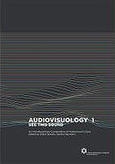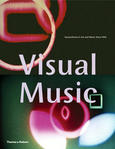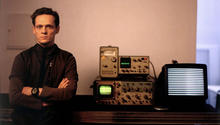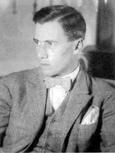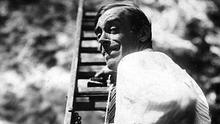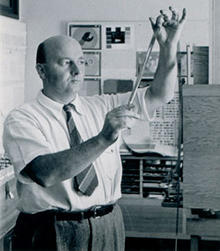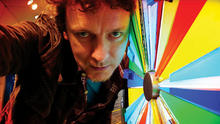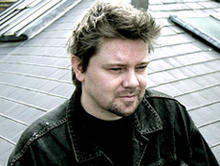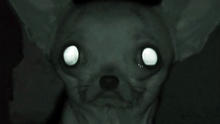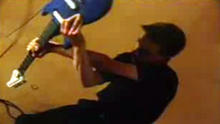See this Sound
(2009)by Liz Kotz (Author), Cosima Rainer (Editor), Stella Rollig (Editor), Dieter Daniels (Editor), Manuela Ammer (Editor) aims to make important aspects of the relationship between image and sound accessible in an interdisciplinary way.
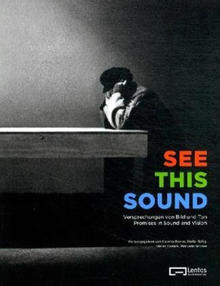
The quiet halls of the museum are a thing of the past. Instead, music and sounds are heard everywhere, as visual artists today take for granted the integration of the world of sounds in their works. The former hegemony of the visual has meanwhile given way a diverse interplay of image and sound. The first pioneers in this expanded field of artistic work already emerged during the 1920s. The alleged hierarchy of the senses, reflection on perceptions, and the search for synergies were the greatest challenges. Media Art later became a means of socio-political engagement and a topos of the avant-garde. Major technical changes in media, audio-visual experiments and the charged relationship between narration and abstraction led again and again to new ways of working. The project See this Sound aims to make several important aspects of this manifold and diverse relationship between image and sound accessible in an interdisciplinary way.
Source: Buchhandlung Walther König
See This Sound compiles a huge number of artists, filmmakers, composers and performers, reaching back into the early twentieth century and into the present to survey overlaps between not only sound and art, sound and film, and the metaphor of cinema as rhythm or symphony. Proceeding chronologically, the book takes the early cinematic eye music of Hans Richter as a starting point, noting parallel works by Walter Ruttmann and Oskar Fischinger; moving into the postwar period, the art/cinema/ music experiments of Peter Kubelka, Valie Export and Michael Snow are discussed, establishing precedents to similar work by Rodney Graham, Carsten Nicolai, Jeremy Deller and many others. In its scope and intelligence, See This Sound is a unique survey of this realm.
Source: Amazon
ISBN-10: 3865606830
ISBN-13: 978-3865606839
